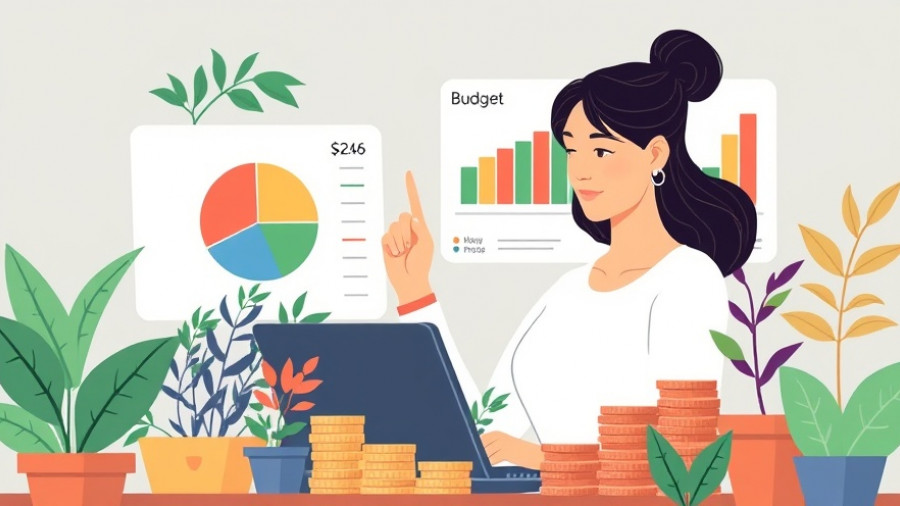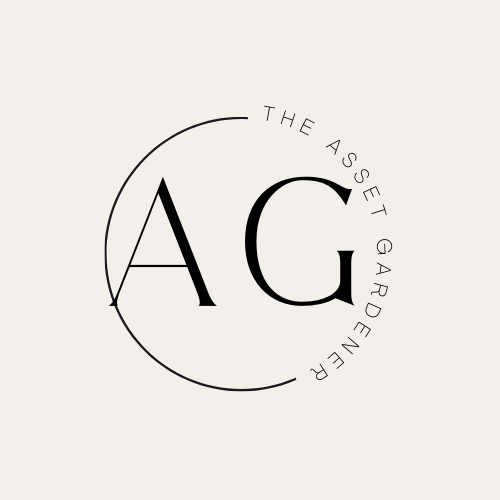
Get Ahead of the Game: Budgeting for 2026 Starts Now
As 2025 wraps up, savvy business owners recognize that preparing a preliminary budget for 2026 isn't just beneficial—it's essential. Crafting a budget now sets the stage for strategic growth in the upcoming year. This article synthesizes pivotal budgeting insights to help you navigate planning amidst uncertainty.
Understanding Your Financial Landscape: Review Past Performance
The best place to start is by diving deep into your revenue and expenses from the current year. As the Wall Street adage goes, “past performance is no guarantee of future results,” however, it offers a solid foundation. For many businesses, merely inflating last year’s numbers to account for expected inflation could be misleading. Instead, scrutinizing each budget line provides insight into which costs may rise, fall, or remain stagnant. For instance, while salaries often hover steeply due to inflation, fixed costs such as certain rents could hold steady.
Anticipate Inflation: A Vital Budgeting Component
Inflation can significantly impact your budgeting details, driving up costs yet also bolstering revenue. Therefore, it’s crucial to predict inflation rates for 2026. Will the costs of goods and services affect your pricing structure? Are wage increases on the horizon, and how will fluctuations in interest rates sway your expenses? According to experts, with inflation currently under 3%, businesses may see potential relief from interest rates if the Federal Reserve acts favorably. Monitoring Federal meetings and economic trends will prepare you to adjust your budget accordingly.
Payroll Projections: Beyond the Basics
When strategizing salaries for 2026, expect average pay increases around 3.5%, but ensure to account for each variable that could change your payroll expectations. Besides mere wages, consider employment taxes and benefits costs, which are soaring. For example, small businesses might face an 11% rise in health insurance premiums. Focusing on innovative solutions, like Individual Coverage HRAs, can provide options to mitigate some of these rising costs.
Planning for Variable Costs: The Devil's in the Details
Your budget shouldn’t merely rest on predictable expenses. Variable costs can shift significantly; thus, detailed evaluations are vital. Examine historical data alongside future projections to gauge potential changes due to market fluctuations or operational adjustments. Comprising rent, utilities, and supplier contracts, these costs can often wiggle out of control if not regularly monitored and assessed.
Strategic Employee Investments: Retaining Top Talent
Planning for employee retention and satisfaction is equally crucial as financial forecasting. Set a budget that not only addresses competitive salaries and benefits but also allocates funds for training and development—key components in retaining top talent. As per a recent survey from Payscale, organizations allocating funds for promotional increases are cognizant of the correlation between investment and employee morale.
Tools & Resources: Digital Budgeting Solutions
For effective tracking and management, consider budgeting tools that align with your operation’s needs. These tools can provide visual insights, automate tasks, and help forecast trends. Many platforms also include integration with financial institutions for real-time updates on your spending and budget alignment, ensuring you remain agile in your financial dealings.
Final Thoughts on Productive Budgeting
Engaging with your budget now establishes a robust foundation for 2026. This proactive approach not only cushions your operations against surprises but prepares your business to capitalize on opportunities swiftly. As you embark on this journey, keep evaluating your strategies and remain flexible, adapting to ever-changing economic dynamics.
In a world filled with uncertainties, don’t leave your budget to chance. Take control today and explore ways to optimize your financial strategies for a prosperous 2026!
 Add Row
Add Row  Add
Add 




Write A Comment